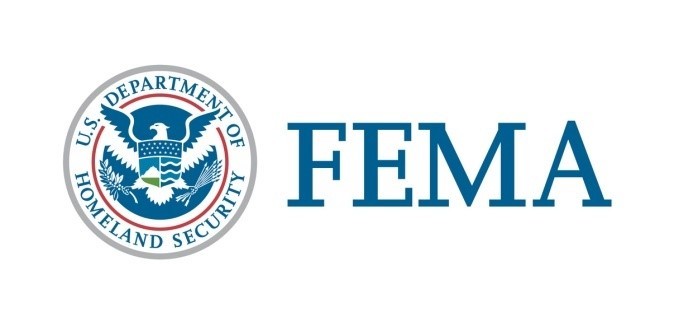|
FEMA ADVISORY – April 10, 2020
Coronavirus (COVID-19) Pandemic
HHS Letter to Hospital Administrators
To follow-up on his letter from March 29, 2020, Secretary Azar just sent the attached letter and Frequently Asked Questions (FAQ) to hospital administrators across the country. Today’s letter underscores the importance of data-sharing and highlights that hospitals are key partners with the Federal Government as we work to ensure that the Whole of America response to COVID-19. The data requested included daily reports on testing, capacity, supplies, utilization, and patient flows to facilitate the ongoing public health response.
The letter also recognizes that many non-Federal entities may already be requesting this information from hospitals; therefore, the federal government has done its best to minimize the burden of sharing this data and to reduce further duplication of effort.
The FAQ attachment to the letter details the federal government’s data needs, explains the division of reporting responsibility between hospitals and states, and provides clear, flexible options for the timely delivery of this critical information. Our objective is to allow states and hospitals either to leverage existing data reporting capabilities or, where those capabilities are insufficient, to provide guidance in how to build on them. These FAQs will be updated if additional data delivery methods become available.
It remains critical that all requested information listed in the FAQ is provided daily to the federal government to facilitate planning, monitoring, and resource allocation in response to COVID-19.
Contact Us
If you have any questions, please contact FEMA Office of External Affairs, Congressional and Intergovernmental Affairs Division:
Follow Us
Follow FEMA on social media at: FEMA online, on Twitter @FEMA or @FEMAEspanol, on FEMA Facebook page or FEMA Espanol page and at FEMA YouTube channel.
Also, follow Administrator Pete Gaynor on Twitter @FEMA_Pete.
FEMA Mission
To help people before, during and after disasters.


|